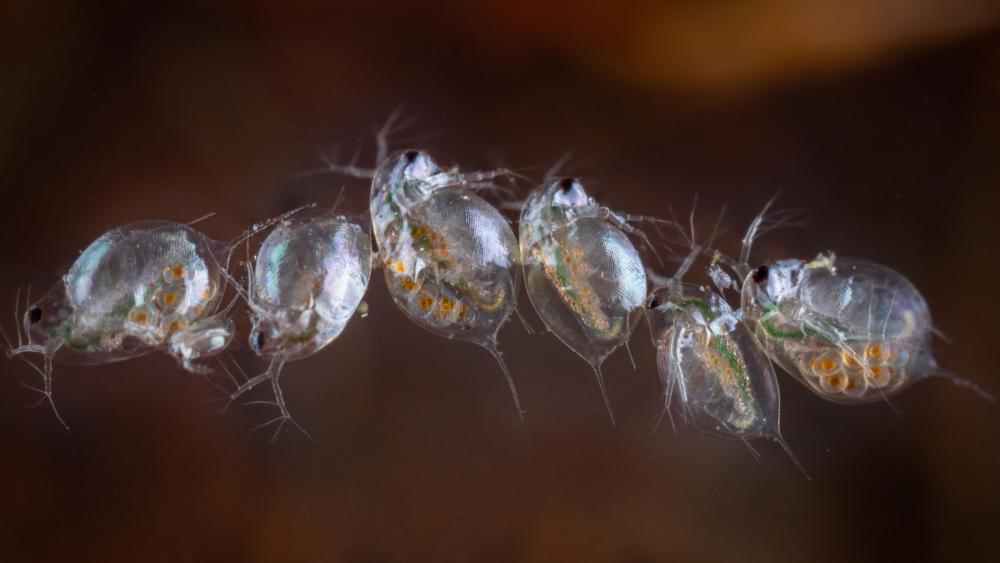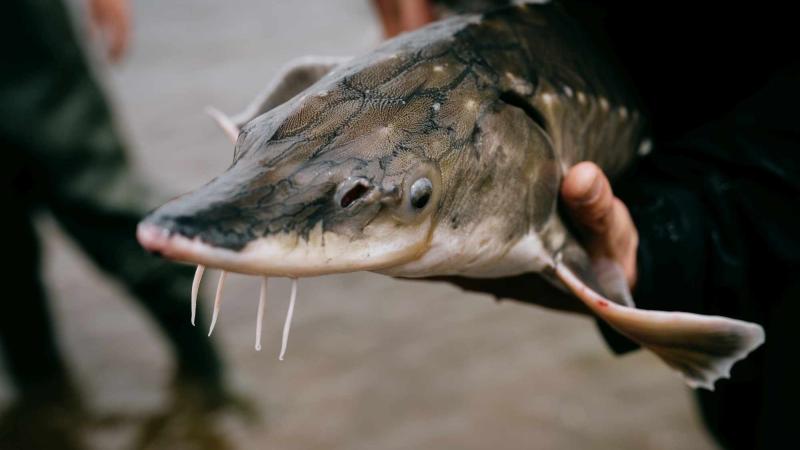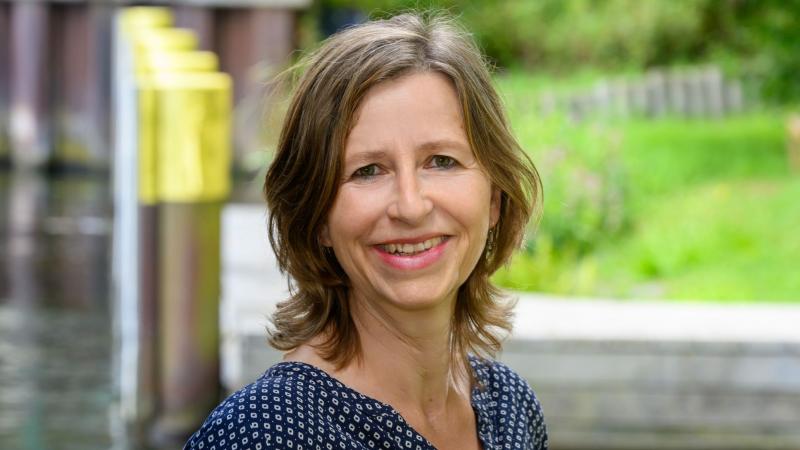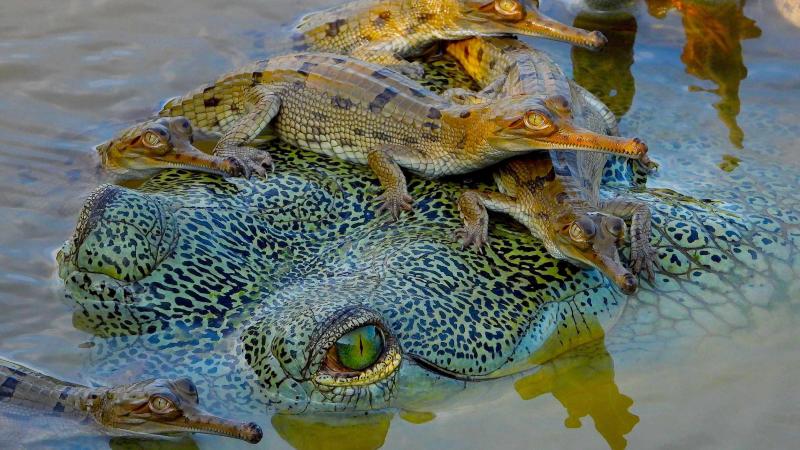
It is not just plant seeds that can survive in harsh conditions – the eggs of some animals, such as water fleas, can too. | © Dr Julian Taffner (TERRAALIENS)
1 · SLEEPING BEAUTY
Dormancy, derived from the Latin word for ‘sleep,’ describes the ability of organisms to delay their development in order to withstand adverse conditions. This strategy is found in plants, animals and even microorganisms. The main characteristics of dormancy are a greatly reduced metabolism and increased resistance.
2 · SEED
Plant seeds have developed an exceptional ability to survive. Until conditions are ideal for growth, they can remain in a dormant state, surviving heat, fire and cold, travelling hundreds of kilometres or even passing through the gastrointestinal tract of animals. Basically, all seeds need only oxygen and the right temperature to germinate. This is because the nutrients they require are contained in their fruit coat, which also protects the seeds from oxidative processes.
3 · RECORD HOLDER
The lotus plant held the record for waiting for better times for a long time, at 1,300 years. However, Israeli researchers then germinated a date palm seed that was around 1,900 years old according to the radiocarbon method. This seed grew into a one metre twenty tall plant.
4 · WAKE-UP CALL
Whether a seed is dormant or ready to germinate is determined by the balance of the plant hormones abscisic acid and gibberellin. High levels of abscisic acid maintain dormancy, while gibberellin promotes seed germination. Incidentally, the situation is similar with dormant buds, as their dormancy is also accompanied by an increase in abscisic acid.
5 · FAST STARTERS
Cultivated plants lost their resilience early on because people wanted seeds optimised for agriculture to germinate quickly after sowing. Wild plants have kept this characteristic; they can remain in the soil for decades, ensuring their survival. In the soil beneath our feet, they form a kind of natural seed bank.
6 · SEED ARCHIVES
Genetic banks also operate on this principle. They collect seeds to preserve them for the future. One of the world's largest genetic banks is located at the Leibniz Institute of Plant Genetics and Crop Plant Research. There, the seeds of more than 150,000 varieties remain viable there at minus 18 degrees Celsius for decades.
Safety duplicates of all seeds collected worldwide are taken to the international seed vault on Spitsbergen.
7 · ANIMALS
Do you remember the primeval crabs from the children's experimental kit that suddenly came to life in salt water on the windowsill? Along with rotifers and tubeworms, they are the ultimate survivors in the animal kingdom. When conditions are unfavourable, they produce hard-shelled winter eggs – also known as dormant eggs – and can survive for long periods of time. When conditions are favourable, they produce so-called summer eggs, which begin embryonic development immediately and without fertilisation.
8 · WATER FLEAS
Water fleas are another example of animals that produce dormant eggs. They actually reproduce asexually through parthenogenesis: genetically identical clones of the mother hatch from unfertilised eggs. However, in situations of scarcity, such as when food is scarce or the water level drops, the females can produce sons that fertilise their eggs, which then become permanent eggs. Some of the eggs sink to the bottom and rest for better times — sometimes for centuries. Others rise to the surface of the water and are transported to other bodies of water by birds or frogs.
9 · TIME CAPSULES
Dormant eggs are a promising subject for scientific research because they can be used to reconstruct developmental processes: What was the genetic blueprint several hundred years ago, and how has it changed? Did they adapt to changing climatic conditions? They offer even more possibilities, because everything about the hatched creatures can be measured and observed, including what the animals once looked like.
10 · BACTERIA
Bacteria can also form dormant stages — one example is Clostridia, which only grows in the absence of oxygen and produces the most powerful biological toxin known: botulinum toxin. Under stressful conditions, such as a lack of nutrients, the Clostridia cell transforms into a spore surrounded by several protective layers. As soon as living conditions improve, the spore transforms back into a bacterial cell.
11 · HOPE
At a time when antibiotic resistance is increasing worldwide, Clostridia also offer hope for new medicines. This is because it not only produces toxins, but also a variety of natural substances that could have healing properties.
This article was first published in ‘leibniz’, the magazine of the Leibniz Association >
We wrote the texts about the ‘hopeful’ animals and plants together with Friederike Gawlik from the Leibniz Institute for Natural Product Research and Infection Biology (HKI) and Manuela Nagel from the Leibniz Institute of Plant Genetics and Crop Plant Research (IPK).








